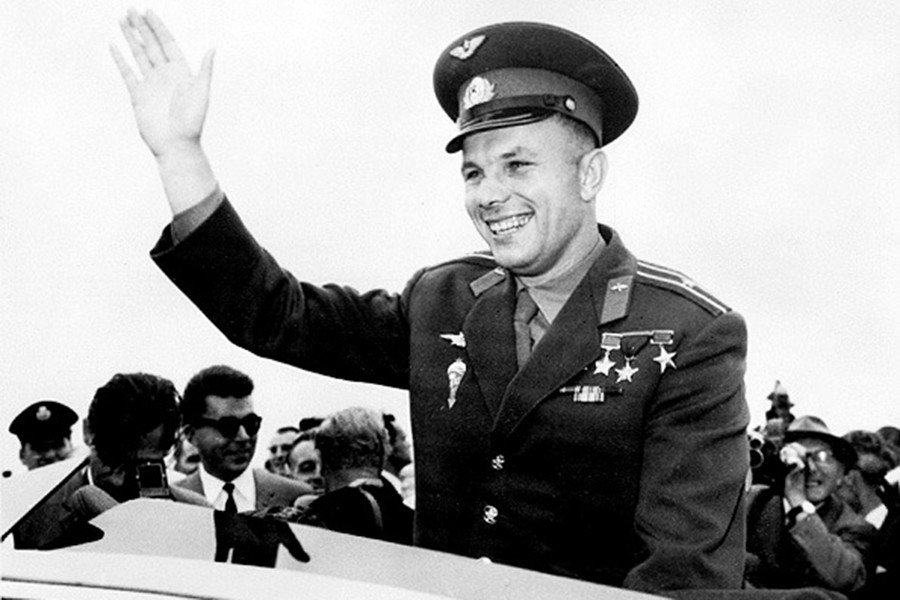Sacrifice for humanity: 60yrs since heroic death of pioneering Soviet space dog Laika
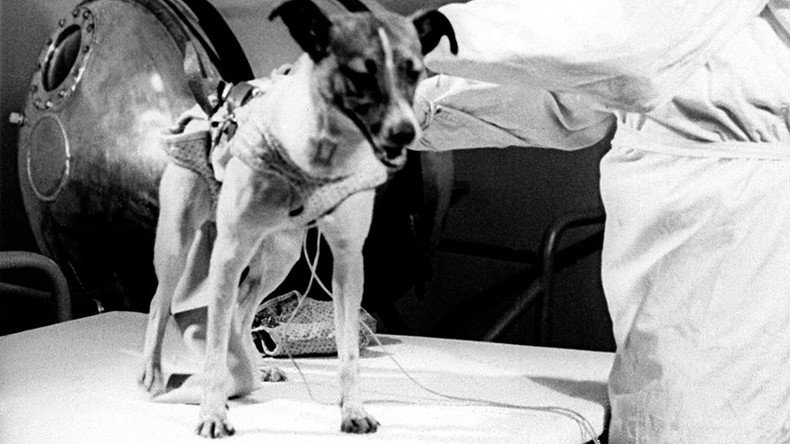
60 years ago, a Soviet street mutt set off on a one-way journey around the Earth, becoming the first living creature to orbit our planet. Having grown fond of the pooch, scientists had to send Laika on a doomed trip for the sake of future space travel.
Though it goes without saying Laika wasn’t aware of her self-sacrifice for the greater cause of human space exploration, she became a global phenomenon.
“Laika's portrait was published on the front pages of the main newspapers around the world,” Olesya Turkina, author of ‘Soviet Space Dogs,' told RT.com. “Countless postcards, cigarette packets – ‘Laika’ sweets, match boxes, sweet boxes, stamps, pins, calendars all with Laika's portrait were produced.”
“In the USSR, to commemorate her heroic death and to glorify her unwilling sacrifice for the sake of humanity, Laika become a hero of children's fairy-tales dedicated to the Soviet Space Dogs.”
Why Laika?
Like all of the Soviet space dogs (and there were quite a few – 36 in all) Laika was a stray, picked up on the tough streets of Moscow. It was this fact, coupled with her photogenic looks that made her the perfect candidate for the daunting mission.
“Her face, light in color, with dark brown spots and startled expression reproduced well in black and white photos and film,” Turkina said.
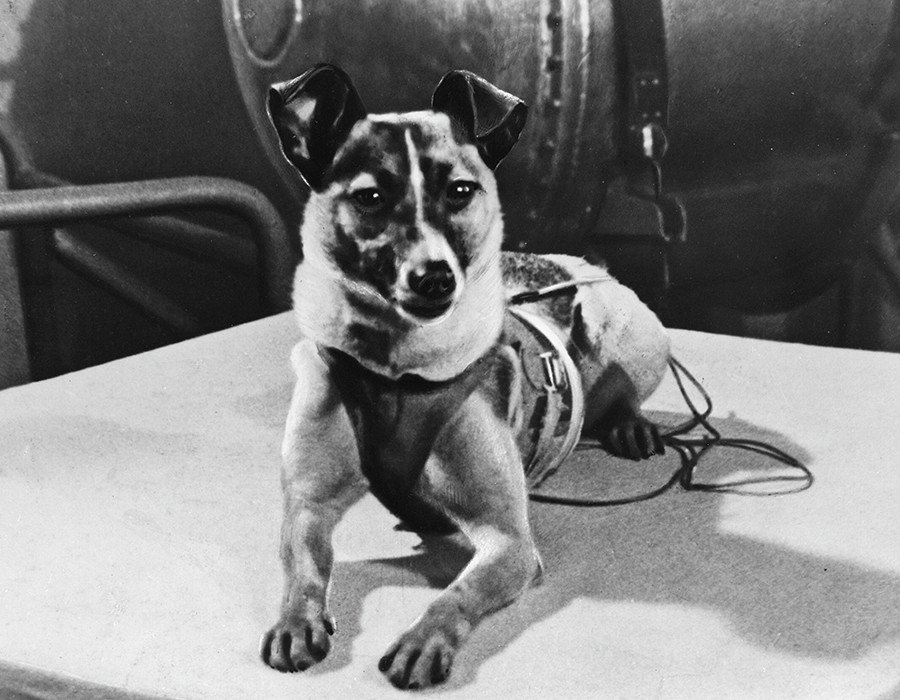
But why were dogs chosen to pioneer space travel over other animals, such as chimpanzees for example?
Adilya Kotovskaya, one of the scientists involved with the 1957 mission, said in 2015 that there were three simple reasons.
“Firstly, plain mutts were perfect for the mission. They had quite a difficult life: either [because of] cold or hunger. It means they are used to various environmental conditions. Secondly, dogs like us, humans are their owners. They are easily trained. Thirdly, the dogs’ physiology has been extensively studied since the times of Ivan Pavlov.”
Emotional
Altogether, three dogs (Albina, Laika and Mushka) were trained for the mission, which was always meant to be a one-way trip, as technology hadn’t yet been developed to safely return the animals to earth.
The animals went through a grueling training regime in preparation for the historic voyage. They donned spacesuits and were kept in smaller and smaller capsules, with very little room to maneuver, to get them use to Sputnik 2, the second man-made satellite to be launched into orbit (Sputnik being the first a month prior, much to the dismay of the Americans).
READ MORE: Happy 60th birthday, Sputnik! How USSR launched mankind’s first satellite (PHOTO, VIDEO)
As a result of the recruiting and training process, and perhaps simply because some of them were dog lovers who knew Laika would be giving her life to aid the advance of human exploration, some scientists formed a bond with their canine cosmonaut.
“Before Laika’s flight, I started crying,” Kotovskaya said. “Everyone knew in advance that she would die, and we were asking her to forgive us.”
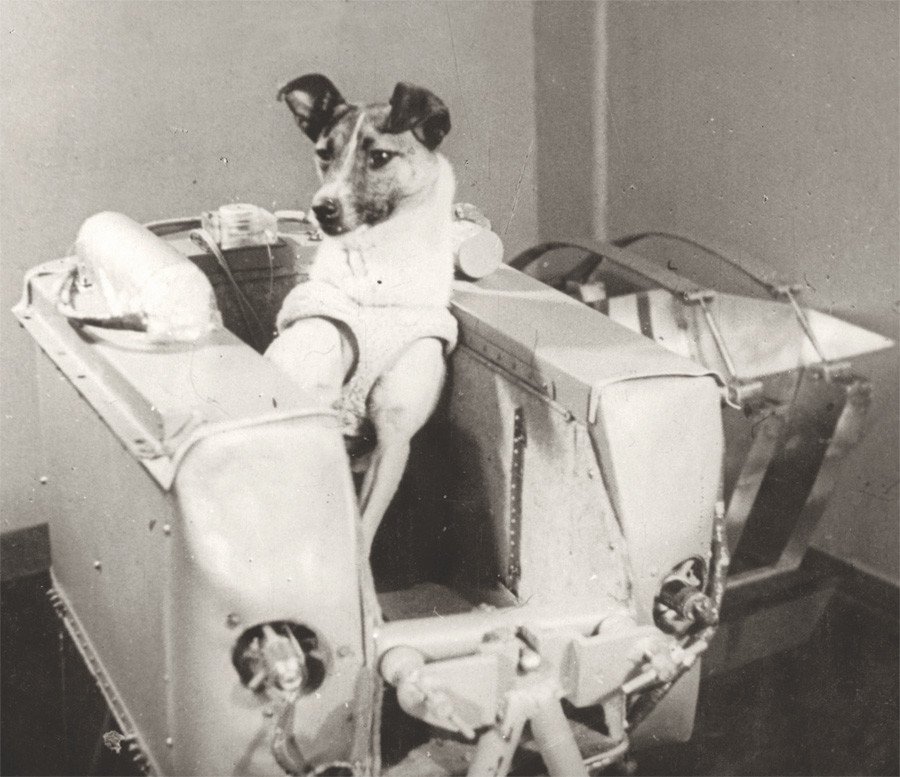
One of those involved in the mission, Dr Vladimir Yazdovsky, brought Laika home to his family on the lead up to launch day. He had trained her and personally selected her for the mission.
Lift Off
The groundbreaking launch, from the Baikonur Cosmodrome in Kazakhstan, was due to take place on October 31, but Laika was forced to wait on the launchpad for three days before Sputnik 2 eventually took off.
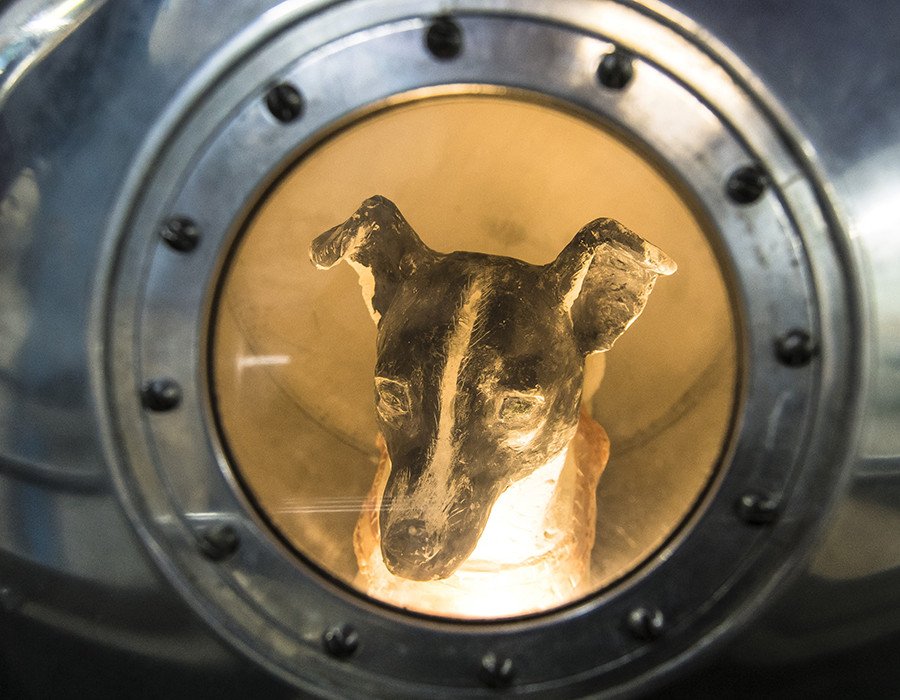
Although never meant to be a return trip for the brave Laika, it was hoped she’d survive for one week and, at the time, the Soviets did a good job of convincing the world she died a painless, pre-planned death. It wasn’t until decades later that the truth surfaced.
After five to seven hours of the mission, no life signs were being received from Laika. By the fourth orbit, it was apparent that Laika had died from overheating and stress.
“The equipment didn’t allow [Laika] to come back from space at the time, and then the flight orbit changed, having taken the elliptic shape, and the rocket was in the sun more than planned,” explains Kotovskaya. “The module overheated, and Laika died within a day, although she was supposed to spend a week in space. Then the rocket went off the orbit and burnt in the atmosphere.”
Despite surviving for just a few hours Laika remains an icon of space travel.
“Laika's flight proved that humans can be sent to space,” Turkina told RT.com. “She survived g-forces during the launch, entry to orbit, microgravity and had orbited the Earth multiple times.”
“Laika provided a context for sending man into space. They say that [Yuri] Gagarin once joked that he does not know if he is the first man or the last dog in space.”
